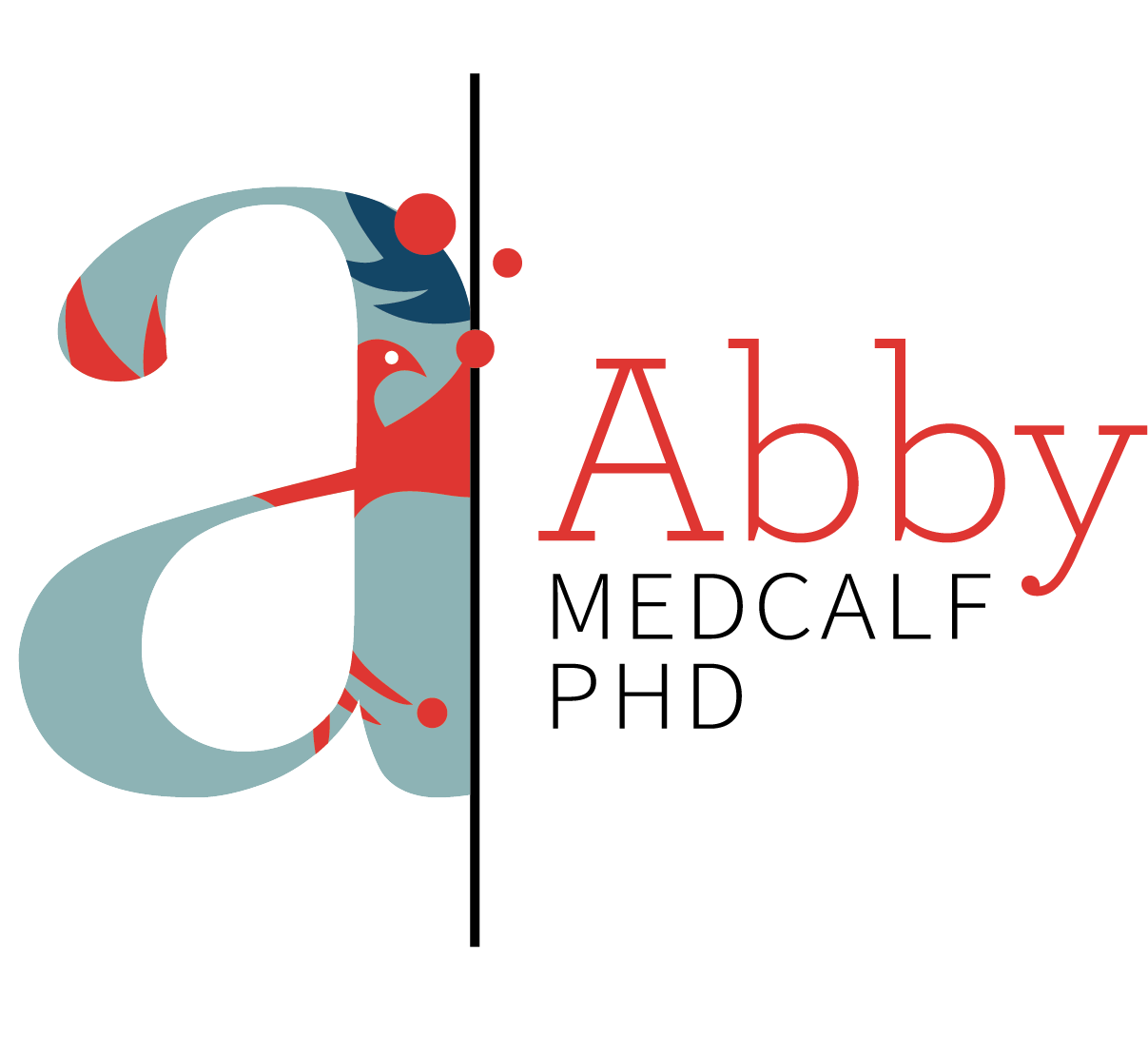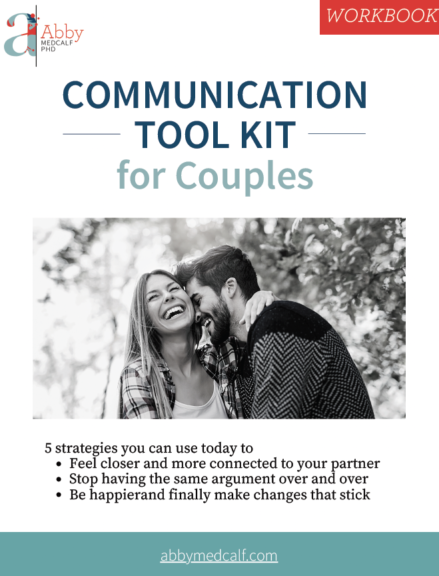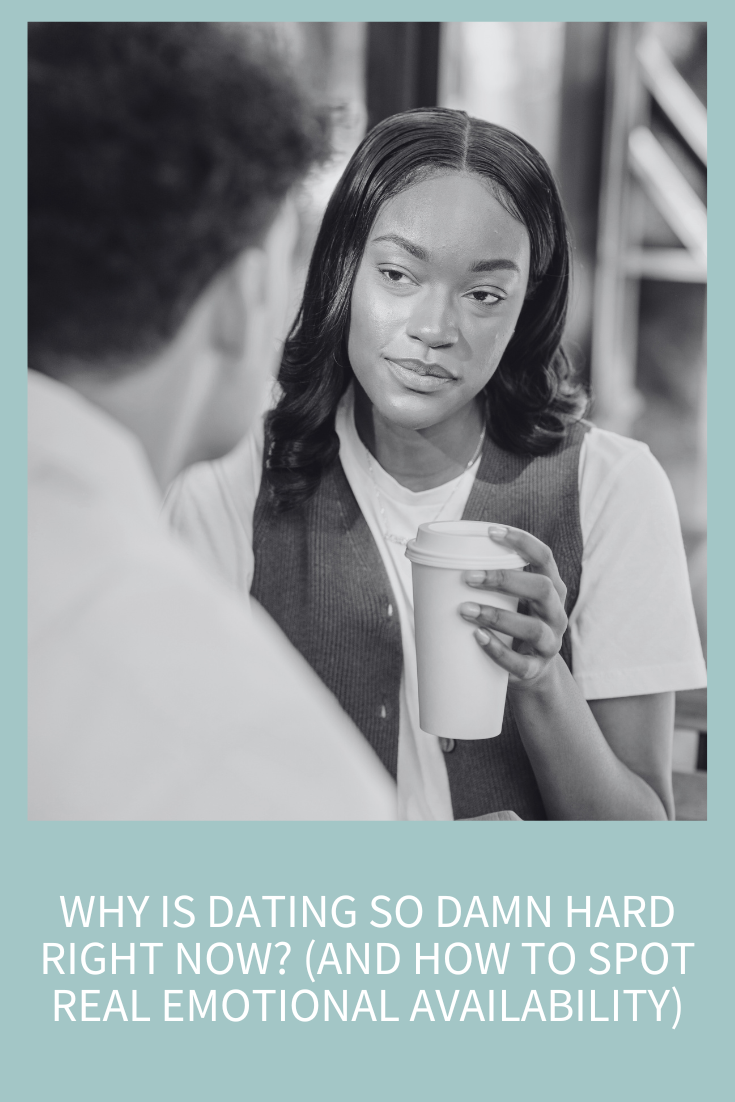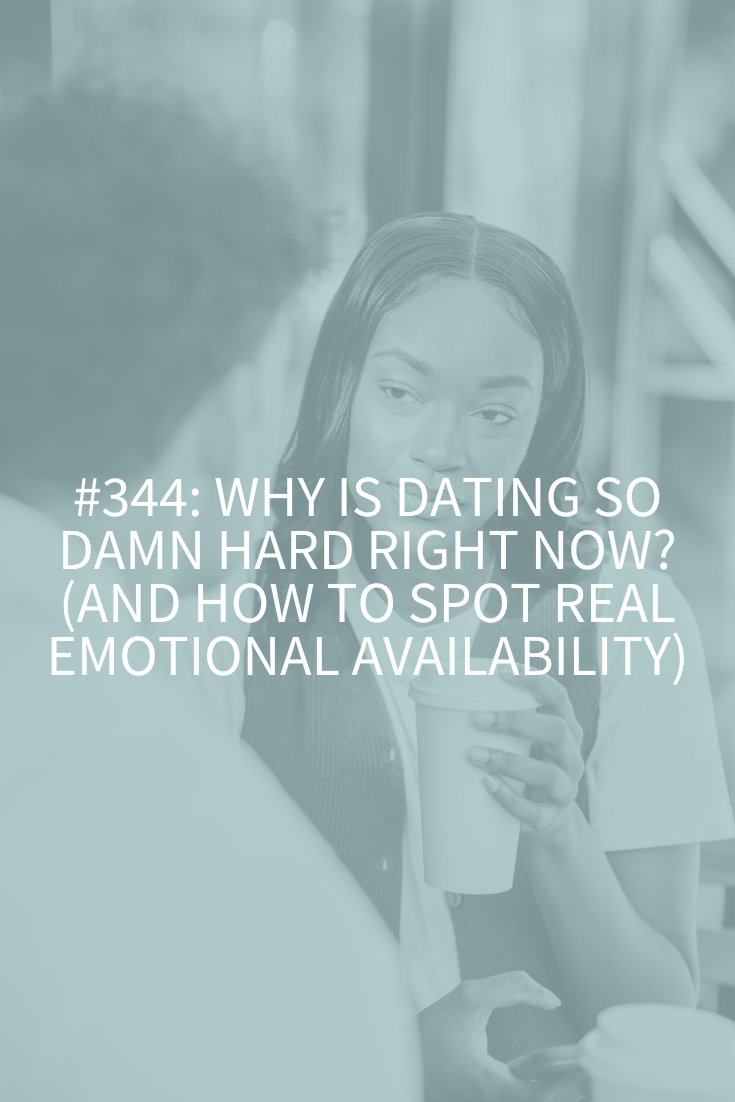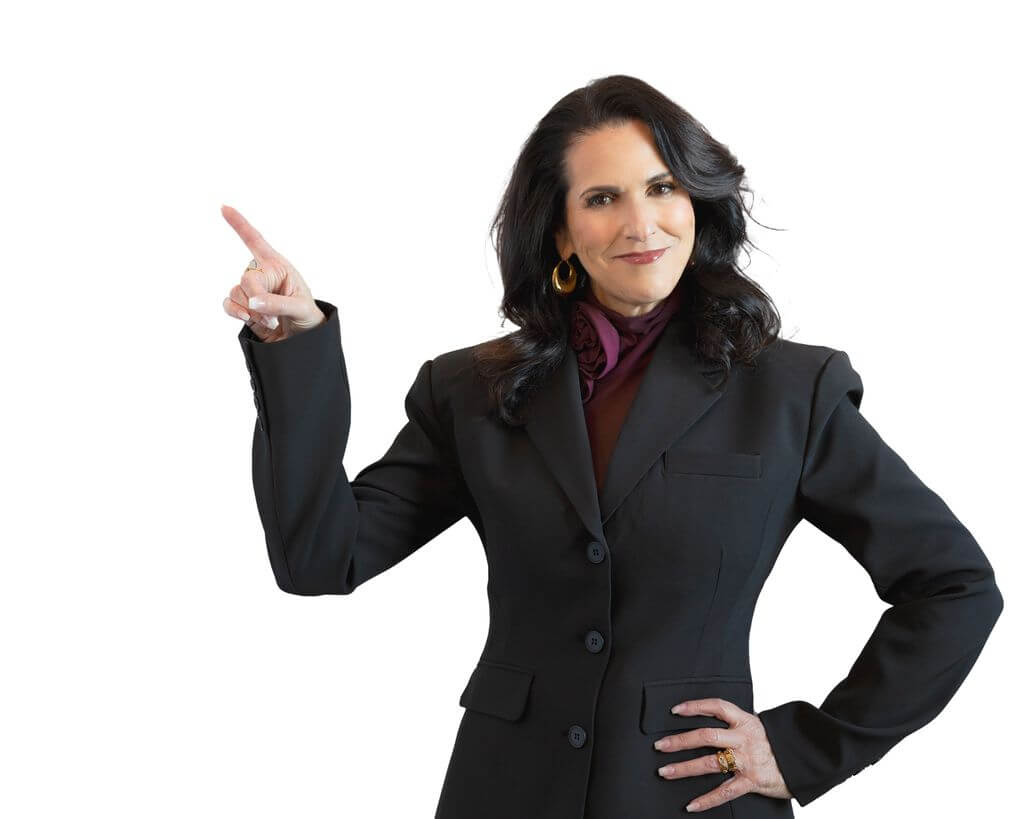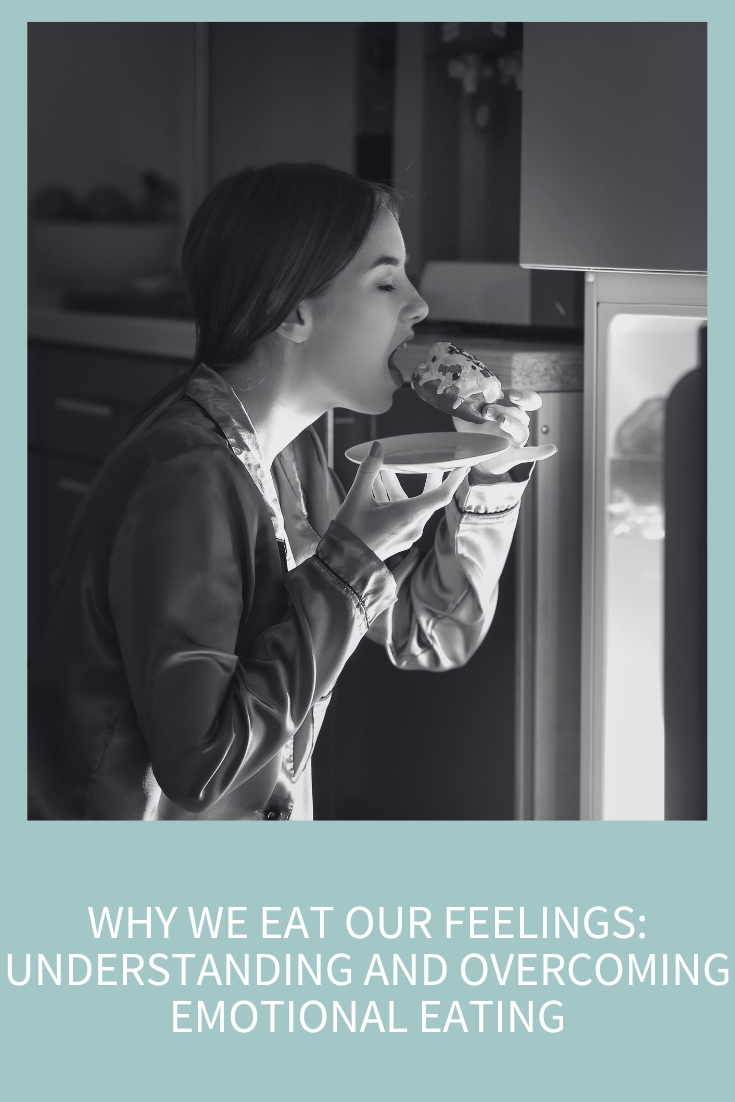
Ever found yourself knee-deep in a pint of ice cream after a stressful day, convincing yourself that this is “self-care”? (Or is that just me?). Emotional eating is a common (yet sneaky) coping mechanism that many people struggle with. Why do we turn to food when we’re stressed, sad, or even bored? More importantly, how can we break free from the cycle? Today we’re diving into the psychology behind emotional eating, why it’s so hard to stop, and my top six research-backed ways to regain control over what’s on your plate and what’s really weighing on your mind.
10-minute read
What Is Emotional Eating?
Emotional eating is the act of using food to manage emotions rather than to satisfy physical hunger. It’s when you reach for a bag of chips after a rough meeting, stress-bake an entire tray of cookies, or eat through a breakup as if Ben & Jerry are your new best friends. Unlike physical hunger, which builds gradually and can be satisfied with any type of food, emotional hunger comes on suddenly, demands specific comfort foods, and often leads to overeating.
Why Emotional Eating Is Such a Big Issue (and So Hard to Stop)
Food is tied to comfort, celebration, and even survival, making it one of the easiest (and most socially accepted) ways to cope with feelings. Emotional eating can become a habit, reinforced by the brain’s reward system. When we eat foods high in sugar, fat, or carbs, the brain releases dopamine, the “feel-good” neurotransmitter, reinforcing the idea that food = comfort. Over time, this cycle becomes automatic: Feel bad? Eat. Feel good? Eat. Just bored? Well, might as well eat.
Another reason emotional eating is tough to break is that we often don’t recognize we’re doing it until after the fact. Unlike obvious habits like smoking or drinking alcohol, emotional eating is sneaky, because we all have to eat. So, it’s not about stopping eating altogether (obviously), but rather retraining our relationship with food.
Is Emotional Eating an Eating Disorder?
Emotional eating itself is not classified as an eating disorder, but it can be a precursor to more serious disordered eating behaviors. The American Psychiatric Association’s Diagnostic and Statistical Manual of Mental Disorders (DSM-5-TR) defines eating disorders as conditions involving persistent eating behaviors that negatively impact physical health, mental well-being, or daily functioning.
The most common eating disorders include:
- Binge Eating Disorder (BED): Characterized by frequent episodes of consuming large amounts of food in a short period, often accompanied by a loss of control and feelings of shame or guilt.
- Bulimia Nervosa: Involves cycles of binge eating followed by purging behaviors such as vomiting, excessive exercise, or laxative use.
- Anorexia Nervosa: Marked by extreme food restriction, an intense fear of gaining weight, and a distorted body image.
If emotional eating escalates to the point of frequent bingeing, secrecy around eating, or distress about food intake, it may be time to seek professional help.
Who Is More Prone to Emotional Eating?
Some people are more susceptible to emotional eating than others. Research suggests that factors like genetics, childhood experiences, and personality traits (such as high neuroticism or impulsivity) can make a person more likely to use food for emotional regulation.
Other contributing factors include:
- Chronic stress: Cortisol, the stress hormone, increases cravings for high-calorie comfort foods.
- Dieting and restriction: Paradoxically, the more you deprive yourself of certain foods, the more likely you are to emotionally overeat them later.
- Lack of coping mechanisms: People without strong emotional regulation skills may rely more on food as a way to self-soothe.
Is Emotional Eating a U.S. Phenomenon, or Does It Happen Everywhere?
While emotional eating is often discussed in the context of American diet culture, it’s not exclusive to the U.S. Studies have found that emotional eating is prevalent in many cultures, though the specific foods people turn to for comfort vary. For instance, in France, comfort eating might involve cheese and pastries, while in Japan, it could be ramen or rice-based dishes.
However, the issue may be more pronounced in Western cultures, where food is heavily marketed as a coping mechanism and ultra-processed, hyper-palatable foods are readily available. That said, as globalization spreads Western eating habits, emotional eating is becoming a growing concern worldwide.
Not Drinking Water or Eating Enough Protein? That Could Be Making You More Anxious (and More Likely to Emotionally Eat)
Before I get into the six strategies for dealing with emotional eating, I want to take care of some low-hanging fruit that might be in your way and is easier to solve. One of the sneakiest reasons you might be reaching for that cookie or handful of chips isn’t just stress or habit; it could be that you’re dehydrated or haven’t eaten enough protein.
Research shows that both dehydration and low protein intake can contribute to increased feelings of anxiety, and when you’re anxious, emotional eating becomes way more likely. Your body and brain are looking for fast relief, and that drive for something salty or sugary? It might just be your brain trying to fix an imbalance that could have been prevented with a glass of water and a turkey sandwich.
The Dehydration-Anxiety Link
Even mild dehydration (just 1–2% loss of body water) has been shown to increase tension, fatigue, and anxiety. One study found that when healthy women were just a little dehydrated, their mood tanked: they were more fatigued, confused, and tense. Men showed similar effects in other research. Why? Because when you’re dehydrated:
- Your cortisol levels (that lovely stress hormone) go up.
- Your neurotransmitters like dopamine and serotonin don’t function as well.
- Less oxygen reaches your brain, which can make you feel spacey, panicked, or extra irritable.
All of this primes you for reacting emotionally, and food becomes an easy outlet.
The Protein-Mood Connection
Protein is crucial for making the brain chemicals that help regulate your mood and emotions. We’re talking:
- Tryptophan → serotonin
- Tyrosine → dopamine
- Glutamine → GABA
If you’re not getting enough protein, you don’t have the raw materials your body needs to keep your mood steady. On top of that, not eating enough protein can cause your blood sugar to swing, and guess what? Blood sugar crashes can mimic anxiety symptoms: shakiness, irritability, racing heart, and cravings.
A study out of the Netherlands found that people with higher anxiety traits felt calmer after eating more tryptophan (found in high-protein foods). Another review confirmed that amino acids from protein are directly tied to your brain’s ability to produce mood-regulating chemicals.
The Bottom Line
When you’re low on water or protein, you’re much more likely to feel anxious, and when you feel anxious, food becomes a comfort tool, whether you’re physically hungry or not. This is why emotional eating isn’t just about willpower or “bad habits.” It’s about meeting your body’s basic needs first so your brain and nervous system can do their jobs.
So before you assume your cravings are just emotional, ask yourself: Have I had enough water today? Have I eaten enough protein? Getting those in check might be the most loving thing you can do for yourself, not just to curb emotional eating, but to feel more grounded, clear, and connected to your body.
How to Break Free from Emotional Eating
Breaking the cycle of emotional eating isn’t about willpower; it’s about awareness and strategy. One of the biggest mistakes people make is assuming that if they just had more discipline, they could stop emotionally eating. This is a complete myth! Emotional eating isn’t about willpower; it’s about unmet emotional needs.
Dieting and restriction don’t work long-term for emotional eaters because they don’t address the root issue: why you’re turning to food for comfort in the first place. If you’re using food as an emotional crutch, simply “cutting calories” or forcing yourself to “just say no” won’t fix the problem. Instead, you need to build a toolbox of strategies that address emotional regulation and coping skills outside of food.
This is why traditional diets often fail for emotional eaters: they focus only on what’s on your plate, not what’s in your mind.
As always, my online Patreon group, The One Love Collective, will be getting in-depth tools to figure out what’s eating them and causing them to eat. If emotional eating is an ongoing issue for you, and you’re not up for joining our online community (where there are a ton of other bonuses like ad-free content, early drops, and live Q&A’s with me), you can buy the “Overcoming Emotional Eating” bundle for just $8.
Here are six research-backed strategies to help break the emotional eating cycle:
1. Identify Your Triggers
Start by paying attention to the emotional moments that drive your urge to eat. Is it boredom when you’re working from home? Stress after a tense family call? Loneliness on a Sunday night? Keeping a food and mood journal for just one week can reveal powerful patterns. For example, you might discover that you always crave sugar in the afternoons after a frustrating meeting, or that late-night snacking follows feeling overwhelmed by the day. Or maybe it’s when you don’t eat enough calories earlier in the day.
2. Pause Before Eating
Even a short pause can help interrupt the automatic behavior of emotional eating. The next time you reach for food, pause and ask: “Am I physically hungry?” If not, identify what you’re actually feeling: maybe you’re anxious, tired, or need a break. Create a 10-minute buffer to try something else first: step outside, drink water, or stretch. If you still want to eat afterward, go for it, but that intentional pause gives you the space to choose rather than react.
3. Find Alternative Coping Strategies
Emotional eating happens when food is your only strategy for coping. To change that, you need to expand your toolbox. If you’re stressed, try deep breathing or a short walk. If you’re feeling isolated, send a message to a friend or cuddle with your pet. If you’re overwhelmed, journal for five minutes or play your favorite playlist. Over time, these alternatives create new neural pathways that can replace the food-as-comfort default.
4. Eat Mindfully
Mindful eating means slowing down and paying attention to your food without distractions, guilt, or rush. Sit down, chew slowly, and really taste what you’re eating. Notice how hungry or full you feel throughout the meal. Research shows that mindful eating can reduce emotional eating by helping people tune into true hunger and fullness cues, rather than emotional urges. Even practicing this with one meal per day can create huge shifts.
Download my FREE Mindfulness Starter Kit!
5. Don’t Keep Trigger Foods Readily Available
If you know you always reach for cookies when you’re anxious, don’t keep them in the front of your pantry. Out of sight doesn’t mean gone forever, but it gives you a chance to pause. Stock up on foods that nourish and energize you. You can still enjoy treats, but the research shows that keeping them less accessible helps reduce impulse-driven emotional eating.
6. Seek Support
If emotional eating feels like a secret shame you carry, it’s time to stop going it alone. Cognitive-behavioral therapy (CBT) has been shown to be especially effective for reducing emotional eating by helping you identify distorted thoughts and replace them with healthier ones. You don’t have to have a full-blown eating disorder to benefit from therapy. A registered dietitian, coach, or support group can also help you build new habits with accountability and compassion.
When to Seek Professional Help
If emotional eating is interfering with your daily life or is accompanied by distressing thoughts about food, weight, or self-worth, seeking professional guidance is essential. A mental health professional can help you explore underlying issues and develop sustainable coping mechanisms.
Final Thoughts
Emotional eating isn’t about lack of discipline; it’s about the way we’ve been conditioned to use food for comfort. Understanding the emotional triggers behind our eating habits can help us make more mindful choices and develop healthier ways to cope with life’s ups and downs. The goal isn’t to never eat for comfort again (sometimes a slice of cake is exactly what you need) but rather to develop a balanced relationship with food, one where emotions don’t always dictate what’s on your plate.
For the One Love Collective Community:
Tier I:
- Journaling Prompts for Emotional Eating
- Rewriting My Food Story Exercise
Tier II:
- 7-Day Emotional Eating Accountability Challenge
- 25 Affirmations & Encouragements for Emotional Eating
- Emergency Plan for Emotional Eating
Tier III:
- Emotional Eating Awareness Worksheet
- Am I Hungry or Am I Emotional? Checklist
- Guided Mindful Eating Exercise
Resources for Why We Eat Our Feelings: Understanding and Overcoming Emotional Eating
Join Abby’s One Love Collective on Patreon!
Buy the bundle for this episode for only $8!
The Secret to Managing Your Emotions: A Step-by-Step Guide
How to Heal Yourself Emotionally: Mastering Self-Regulation for a Happier Life
Seven Powerful Techniques to Breathe Yourself to Calm
Diagnostic and Statistical Manual of Mental Disorders, Text Revision Dsm-5-tr
National Eating Disorders – Binge Eating Disorder
Mann, T., Tomiyama, A. J., Westling, E., Lew, A.-M., Samuels, B., & Chatman, J. (2007). Medicare’s search for effective obesity treatments: Diets are not the answer. American Psychologist, 62(3), 220–233. https://doi.org/10.1037/0003-066X.62.3.220
National Institutes of Health: Mindless Eating: Why We Eat More Than We Think
Cognitive Behavior Therapy and Eating Disorders by Christopher G. Fairburn
